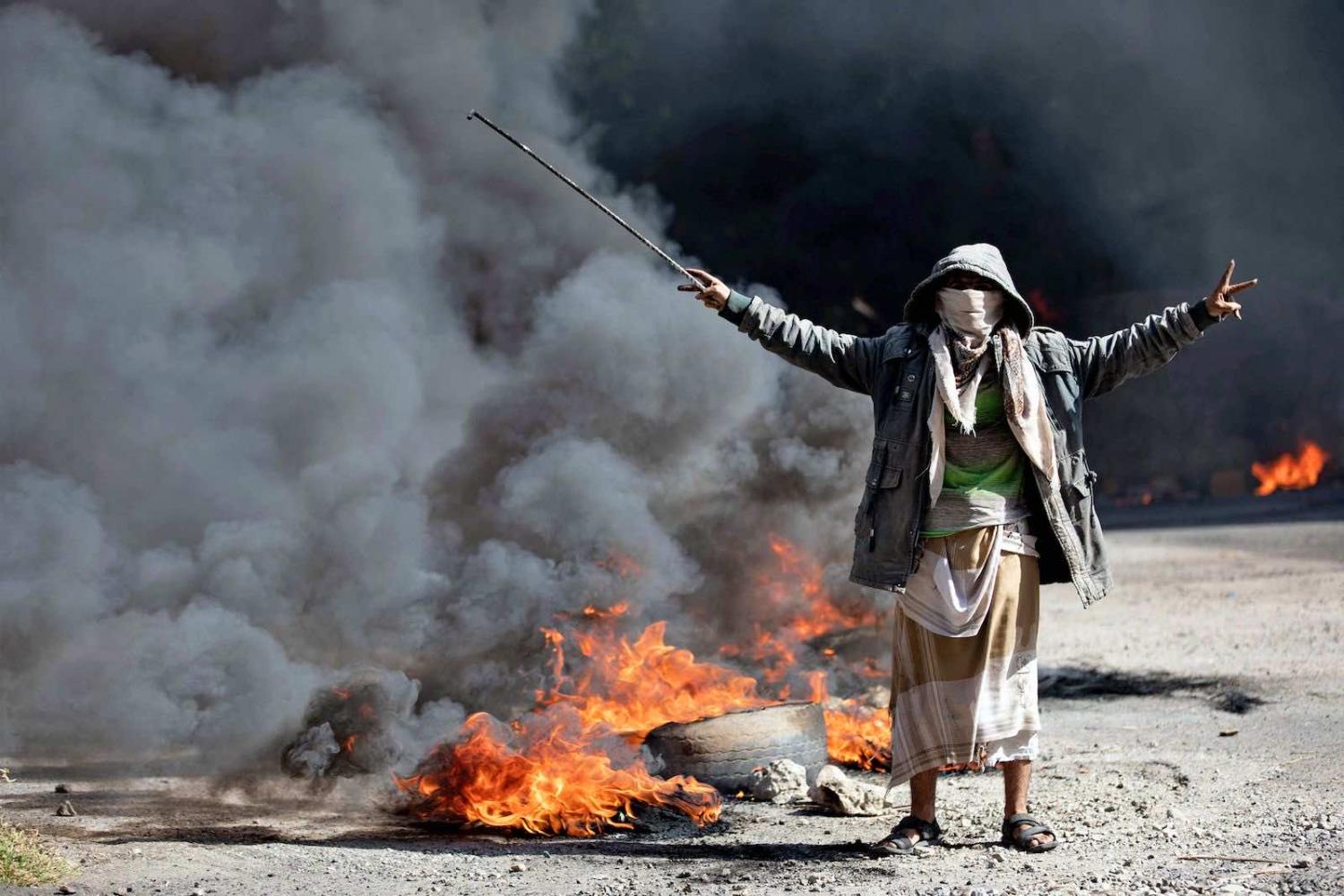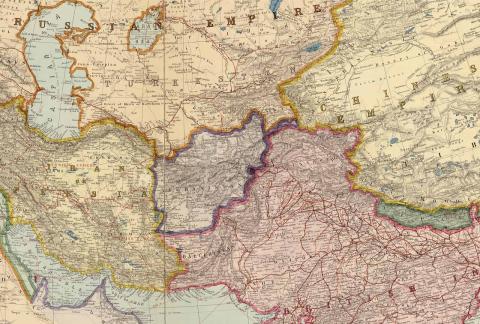Concerns are growing about the ramifications of the chaotic US withdrawal from Afghanistan. The ripple effects of the pull-out and its urgent consequences have bolstered Islamist ambitions – not only in Afghanistan but beyond. UN Secretary-General Antonio Guterres has warned of a “real danger (that) terrorist groups may feel enthusiastic about what happened and have ambitions beyond what they thought a few months ago”.
The warnings come not only as militants around the world express support for the Taliban but also as regional alliances, often related to or depending on US support, come under further stress in highly unpredictable and contested environments from the Philippines to the Sahel region of western and north-central Africa. On the Arabian Peninsula, the relationship between Gulf monarchies and Islamist parties, the latter mostly aligned with the Muslim Brotherhood, grows even more tense.
The conflict in Yemen now emerges as a major test for this new environment of perceived reduced American commitment to friends.
Yemen’s Sunni Islamist al-Islah party is escalating its rivalry with United Arab Emirates policy from Yemen and its satellite offices in Qatar, Saudi Arabia, and Turkey. Al-Islah is agitating the Saudi, UAE, and Qatar triangle, thereby threatening reconciliation within the Gulf Cooperation Council (GCC).
While the conflict in Yemen is very different from Afghanistan, parties to the Yemen conflict adopt similar narratives as in Afghanistan of resistance against occupying powers.
The narrative of resistance against the occupier has been used by the Houthis, who target Saudi Arabia as their greatest adversary, as well as al-Islah, which targets the United Arab Emirates.
Zaydi Shia Houthi rebels took over the capital Sana’a in September 2014 with the aim to remove the influence of foreign powers, eventually forcing internationally recognised President Abdo Rabbo Mansour Hadi to flee to Aden in February 2015. The Houthi’s primary victory from September 2014 to date was to expel the entire structure of the Muslim Brotherhood affiliate al-Islah party from most of Yemen’s northern territories. The Islamist party al-Islah was a primary target of Houthis as al-Islah is a vital pillar of support and legitimacy for Hadi.
As Houthis seized Sana’a, leaders from the al-Islah party, including the current vice-president Ali Muhsin al-Ahmar, were rescued by Saudi Arabia and offered refuge in Riyadh. Saudi Arabia, doing this, aimed to protect pillars of Hadi’s legitimacy and keep a potential centre of power to counter the Houthis on the ground.
The narrative of resistance against the occupier has been used by the Houthis, who target Saudi Arabia as their greatest adversary, as well as al-Islah, which targets the UAE, which in turn is antithetical to Islamist political expression and organisational structures. Similarities also exist within the same resistance narrative where the Houthis refer to military forces affiliated with al-Islah as mercenaries, a label al-Islah itself uses for southern non-Houthi forces supported by the UAE. The media war engaged by al-Islah, as they lose territory to Houthis along northern provinces, focuses on an image of the UAE as an occupying power in Yemen.
Accusations by al-Islah claim the UAE established military bases on Yemeni islands to advance their regional ambitions. Al-Islah has not produced evidence for, or a meaningful response to, UAE ambitions. The primary reason behind the confrontation between al-Islah and UAE comes from major loses by pro-government forces, many of which would be al-Islah leaning formations in battles against Houthi rebels.
Should there be an attack by Houthis on the regionally vital interior city of Marib, this would force al-Islah affiliated elements to withdraw to less strategic arenas of Shabwa and Say’un governorates in the southern Hadhramaut where they could find possible refuge to regroup.

Emboldened Islamists are not the only unintended consequence of the US exit from Afghanistan. Perception of weakened alliances in the Middle East, for example, where diverging priorities between the US government and Gulf monarchies begin to surface, could have a larger impact on the way Islamist parties such as al-Islah position themselves. In the case of Yemen, the relationship between Saudi Arabia, which hosts a Muslim Brotherhood affiliate, and the UAE, which listed the Muslim Brotherhood as a terrorist organisation, could be challenged in absence of a US role.
An opportunity for al-Islah’s new positioning may be created by renewed clashes in Shabwa province, which erupted once again over the vital hard currency-earning Balhaf liquid natural gas terminal and redeployment by Shabwani Elite Forces. The governor of Shabwa Mohammed Saleh bin Adyu, an al-Islah affiliate, insists the UAE, a member of the Saudi-led coalition, should withdraw security forces from Balhaf. The UAE says its role since 2015 at Balhaf terminal remains focused on protection of the facilities from terrorists elements, but since its troop drawdown in 2019 responsibilities for counter-terrorism are now fully with the Shabwani Elite Forces.
Al-Islah affiliates, which are tribal and clan-level social organisations, exert major control over Yemen’s oil industry today and hope al-Islah’s host Saudi Arabia can now pressure the UAE to abandon Balhaf. Al-Islah believes that in absence of a US role maintaining balance between members of the anti-Houthi coalition, the Islamist party can fill a void as Saudi’s only viable option for future Yemeni stabilisation, reduction of Iran’s influence in Yemen, and securitisation of the Saudi and Yemen common border.
The dynamic playing out in Yemen can set a precedent for Islamist movements across regions which are adopting similar narratives within information campaigns between governments and often disaffected domestic political organisations. In particular, the tactics could readily expand to prioritise targeting alliances between regional powers in turn held in balance by strong US engagement with alliance states.
Al-Islah will most likely aim at maximising its leverage with its cautious patrons in Riyadh in order to confront its rivals and those of Saudi Arabia in Yemen’s atomised and violent neighbourhood. The situation emanates concern in the region and beyond.

